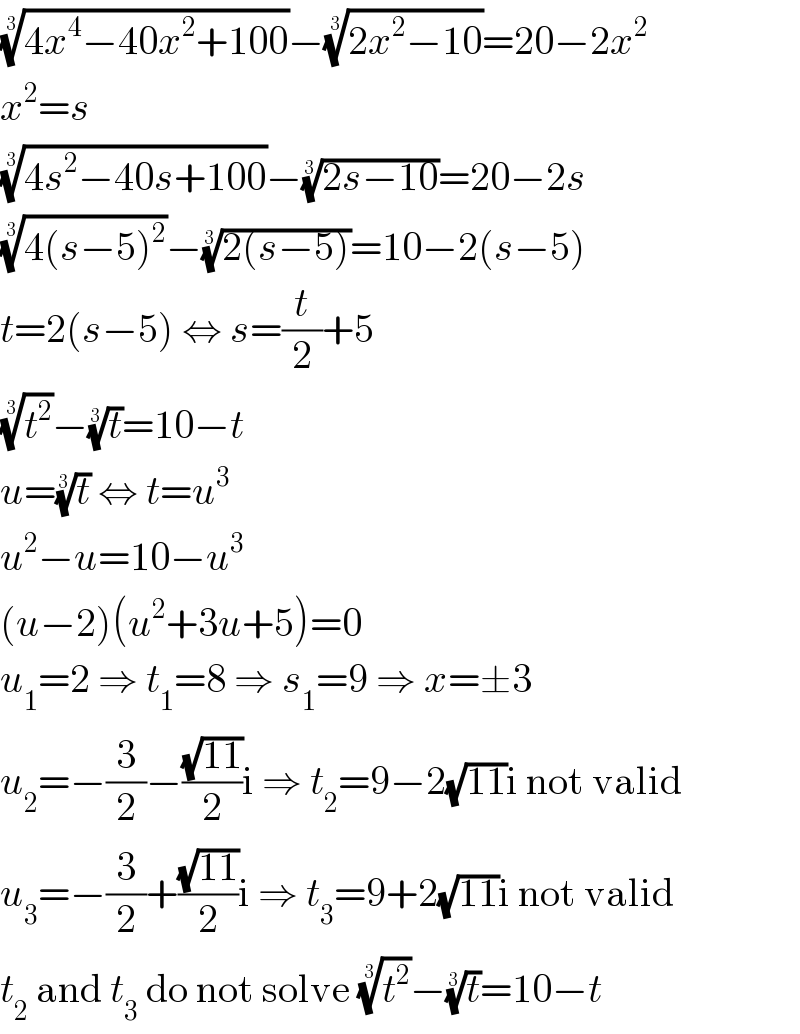
Question and Answers Forum
Question Number 63095 by aliesam last updated on 28/Jun/19

Answered by MJS last updated on 29/Jun/19

Commented by MJS last updated on 29/Jun/19

| ||
Question and Answers Forum | ||
Question Number 63095 by aliesam last updated on 28/Jun/19 | ||
 | ||
Answered by MJS last updated on 29/Jun/19 | ||
 | ||
| ||
Commented by MJS last updated on 29/Jun/19 | ||
 | ||